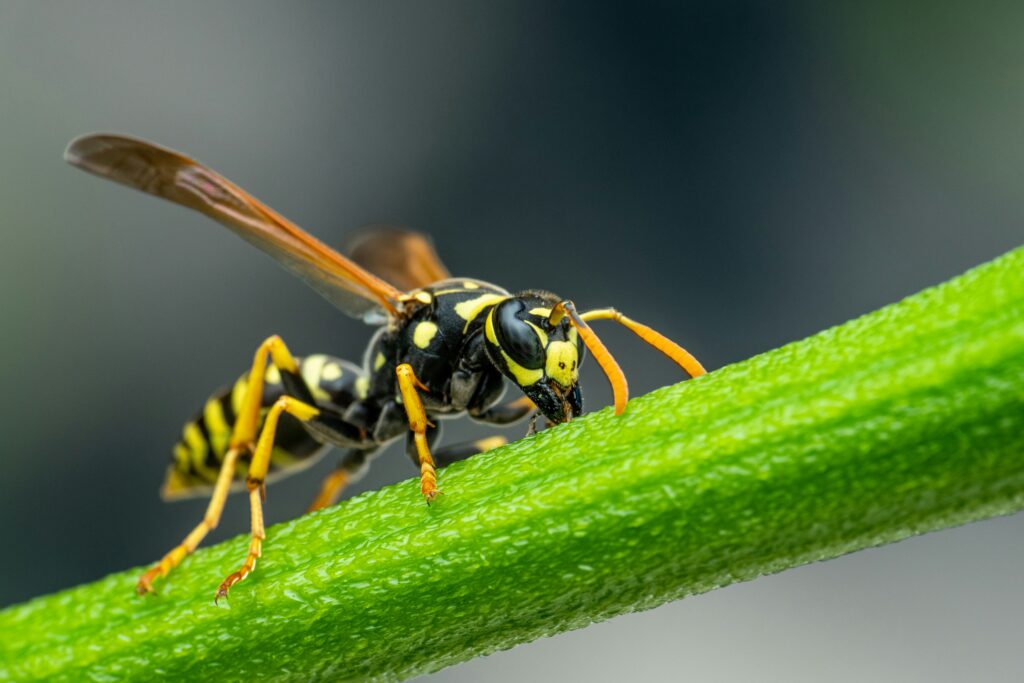Wasps, often misunderstood and feared for their painful stings, actually serve as critical allies in agricultural ecosystems. These remarkable insects act as nature’s pest controllers, targeting and eliminating many of the insects that would otherwise devastate our food crops. While chemical pesticides remain prevalent in modern farming, the natural pest management services provided by wasps offer an environmentally friendly alternative that works in harmony with nature rather than against it. From parasitizing caterpillars to hunting beetles, wasps employ sophisticated strategies developed over millions of years of evolution to help maintain the delicate balance of agricultural ecosystems. This article explores the fascinating world of wasps as biological control agents and their significant contributions to sustainable agriculture.
The Hidden Agricultural Heroes
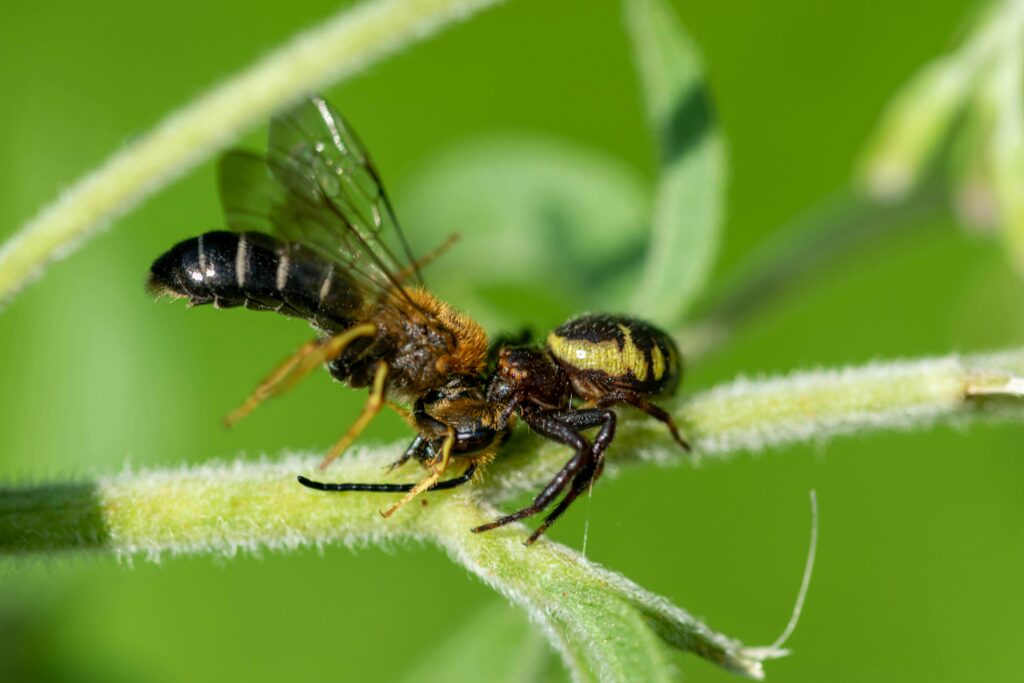
Wasps represent one of nature’s most effective yet underappreciated pest management systems in agricultural settings. While their reputation often focuses on their defensive stings, their ecological role as predators and parasitoids of crop-destroying insects delivers billions of dollars in free pest control services annually. Research from the University of California suggests that native predatory wasps can reduce pest populations by up to 90% in certain crops when habitat conditions are favorable. Unlike broad-spectrum chemical pesticides that kill beneficial insects alongside pests, wasps specifically target pest species, offering precision pest management without disrupting the broader ecosystem. This targeted approach makes wasps invaluable partners in integrated pest management strategies that aim to reduce chemical inputs while maintaining crop yields.
Parasitoid Wasps: Precision Pest Assassins
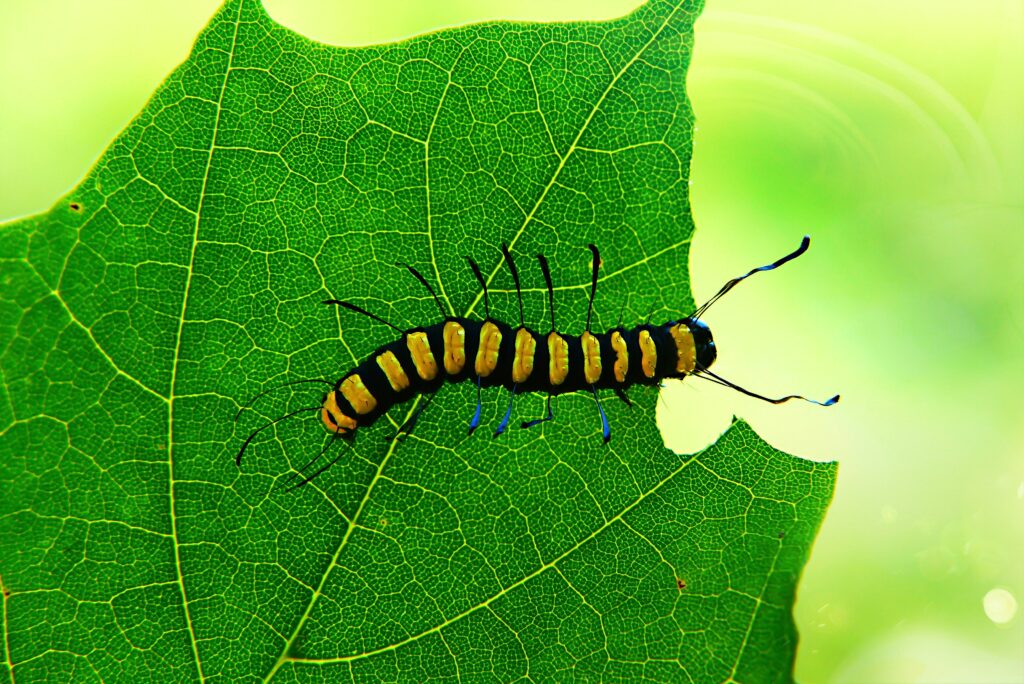
Parasitoid wasps represent nature’s most specialized pest control agents, with lifecycles directly dependent on specific host insects. Unlike true parasites that typically don’t kill their hosts, parasitoid wasps ultimately cause their host’s death as their larvae develop. Female parasitoid wasps locate specific pest insects, from caterpillars to aphids, using sophisticated chemical detection systems that can identify prey from remarkable distances. Upon finding a suitable host, the female wasp injects her eggs either onto or directly into the pest’s body, where the developing larvae will consume the host from within before emerging as adult wasps. This gruesome yet effective process makes parasitoid wasps particularly valuable in agriculture, as each wasp species typically targets specific pest species without harming beneficial insects or affecting crop plants directly.
Predatory Wasps: Hunting Crop Destroyers
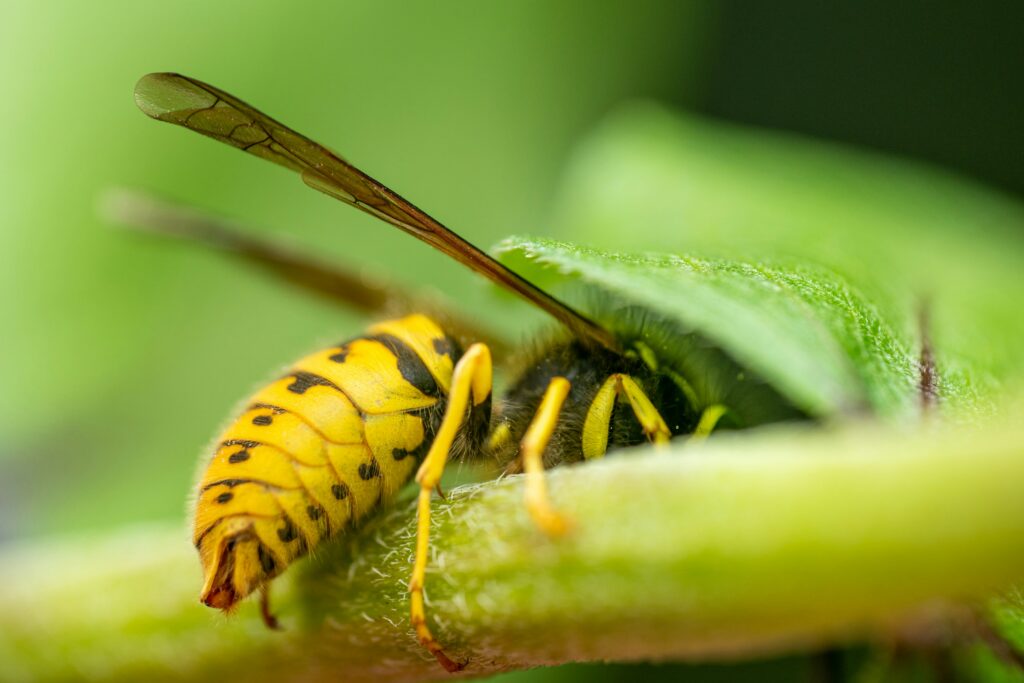
Unlike their parasitoid relatives, predatory wasps actively hunt and kill pest insects to feed themselves or their developing larvae. Species like paper wasps and yellow jackets efficiently capture caterpillars, beetles, and flies that would otherwise damage crops, with a single wasp colony potentially removing thousands of pest insects during a growing season. Studies conducted in apple orchards demonstrated that predatory wasp activity reduced codling moth damage by up to 85% compared to orchards lacking significant wasp populations. These hunting specialists use a combination of visual hunting and chemical detection to locate their prey among dense foliage where other control methods struggle to reach. Farmers who maintain diverse habitats around their fields often report higher populations of predatory wasps and correspondingly lower pest pressure, highlighting the practical value of these insect hunters.
Fig Wasps: Specialized Pollinators and Pest Managers
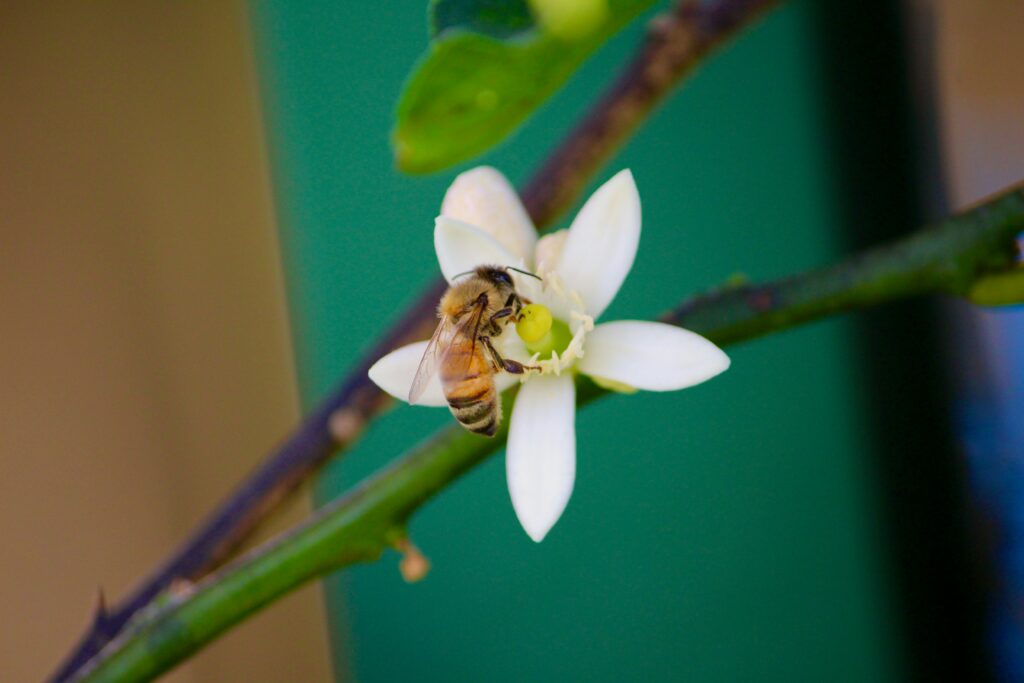
Fig wasps represent one of the most remarkable examples of co-evolution between plants and insects, serving dual roles as both specialized pollinators and pest managers. These tiny wasps have evolved in perfect synchrony with fig trees, entering the fig fruit to lay eggs while simultaneously pollinating the internal flowers. Beyond their pollination services, fig wasps help manage pest populations by outcompeting potential fig-consuming pests through their rapid reproduction cycle. Their presence creates a complex microecosystem within each fig that discourages harmful insects while supporting the fig tree’s reproduction. In agricultural settings where figs are commercially grown, these specialized wasps eliminate the need for supplemental pollination or pest management, offering a perfect example of how evolution has developed sustainable agricultural solutions long before human intervention.
Braconid Wasps: Caterpillar Controllers
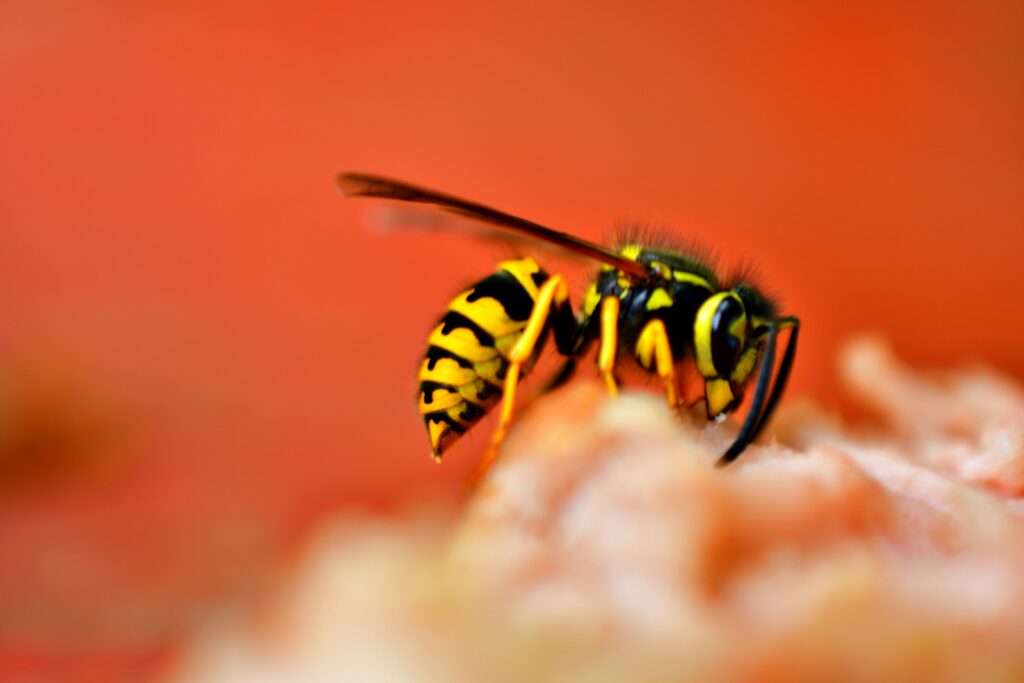
Braconid wasps have gained fame in agricultural circles for their exceptional ability to parasitize caterpillars that would otherwise devastate crops. These small wasps, often just millimeters in length, can detect caterpillar-damaged plants by sensing specific volatile compounds released when leaves are chewed. Upon locating caterpillars like tomato hornworms or cabbage loopers, female braconids inject numerous eggs that develop inside the caterpillar while allowing it to continue feeding temporarily. The wasp larvae eventually emerge through the caterpillar’s skin and spin distinctive white cocoons on its surface, creating the memorable sight of a caterpillar covered in what appears to be rice grains. A single female braconid can parasitize dozens of caterpillars during her lifetime, making these wasps particularly valuable in vegetable production where caterpillar damage can quickly destroy crops.
Trichogramma Wasps: Egg Parasitoids
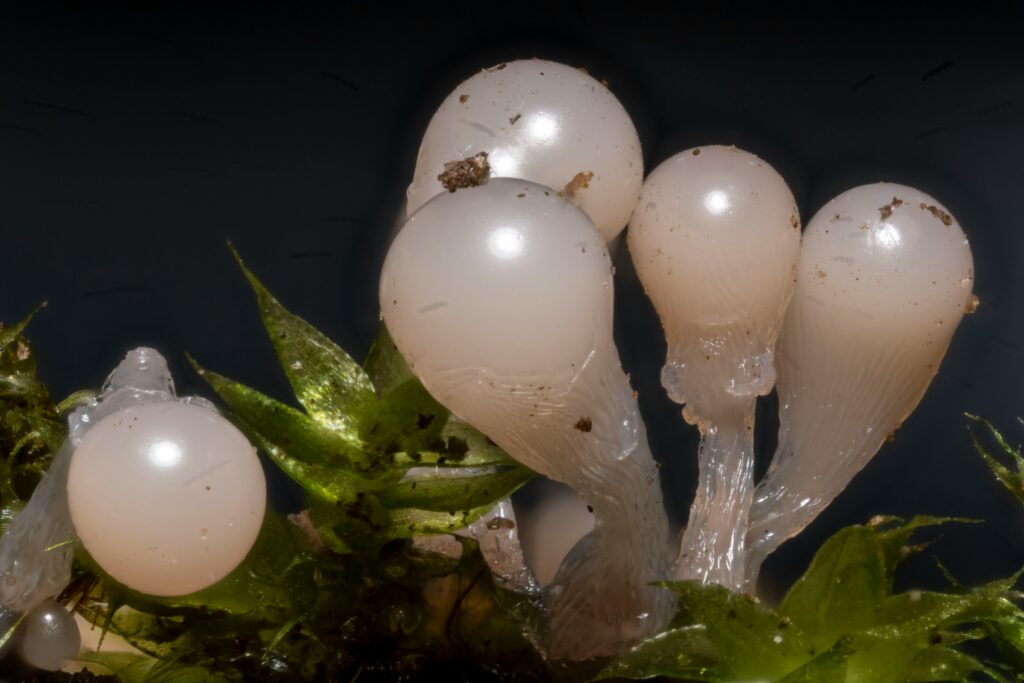
Trichogramma wasps specialize in destroying pest insects before they can even begin causing crop damage by targeting their eggs rather than later life stages. These minute wasps, barely visible to the naked eye at less than 1mm long, locate freshly laid eggs of moths and butterflies on plant surfaces using chemical cues. Female Trichogramma wasps lay their own eggs inside these pest eggs, with their developing larvae consuming the contents and preventing the pest embryo from developing. This preventative approach to pest management is particularly valuable because it stops damage before it begins, rather than responding to pests that are already feeding on crops. Commercial agricultural operations worldwide now regularly release Trichogramma wasps as biological control agents against corn borers, codling moths, and numerous other lepidopteran pests that would otherwise require multiple chemical treatments.
Creating Wasp-Friendly Agricultural Environments
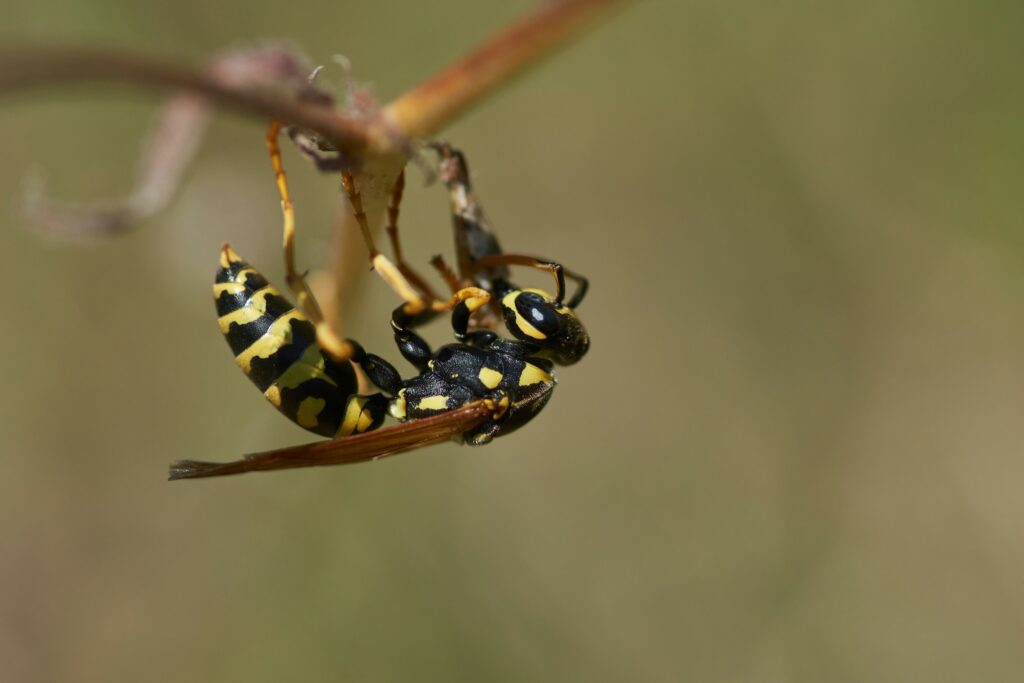
Farmers looking to harness the pest control benefits of wasps can implement specific landscape features that attract and support diverse wasp populations. Flowering hedgerows, cover crops, and diverse plantings provide adult wasps with essential nectar and pollen resources that supplement their insect prey diet and extend their lifespan and reproductive capacity. Undisturbed areas like field margins, brush piles, and untilled sections offer crucial overwintering habitat for many beneficial wasp species that would otherwise perish during cold months. Reducing broad-spectrum insecticide applications prevents unintended harm to wasp populations, with research showing that integrated pest management approaches that preserve wasps often achieve better long-term pest control than chemical-intensive systems. Water sources such as small ponds or irrigation ditches further support wasp populations, particularly during dry periods when natural water may be scarce.
Economic Benefits of Wasp-Based Pest Control
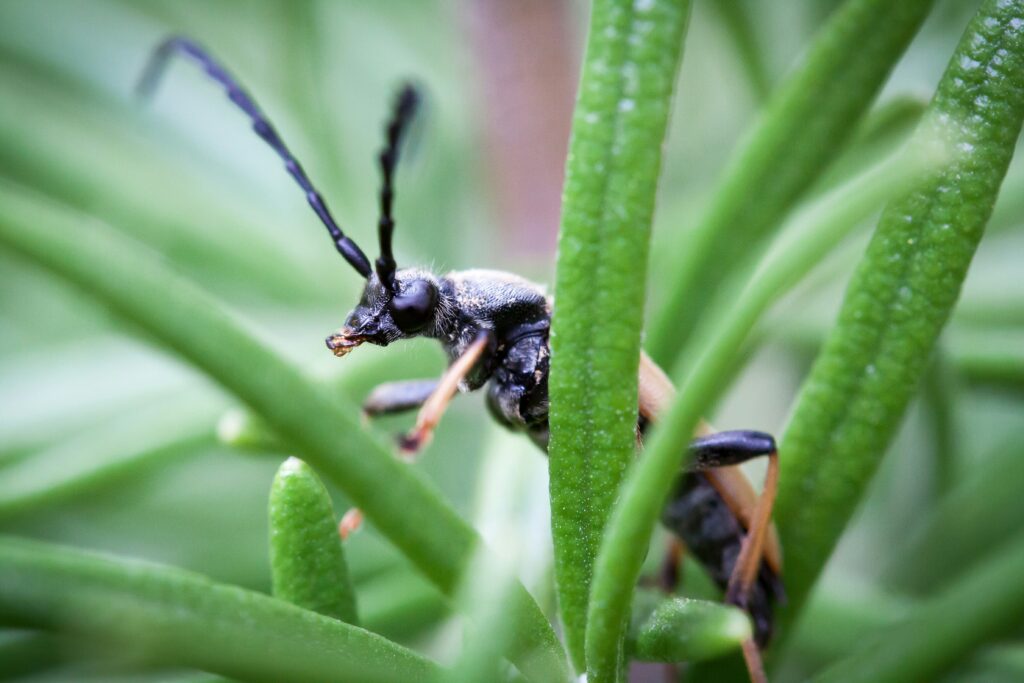
The economic value of wasps in agricultural settings extends far beyond the simple reduction of pest insects. By reducing reliance on chemical pesticides, farmers who leverage wasp populations can significantly lower their input costs, with studies from the USDA estimating savings between $100-$400 per acre depending on the crop and region. Consumer demand for pesticide-free produce continues to grow, allowing farms with established biological control systems to access premium markets and higher price points for their crops. The environmental services provided by wasps, including reduced water contamination from pesticide runoff and preservation of beneficial insect populations, deliver additional economic benefits that extend beyond the farm boundary. While establishing habitat to support wasps requires initial investment, the long-term return on investment consistently outperforms conventional chemical-based approaches in sustainable farming systems.
Commercial Applications in Modern Agriculture
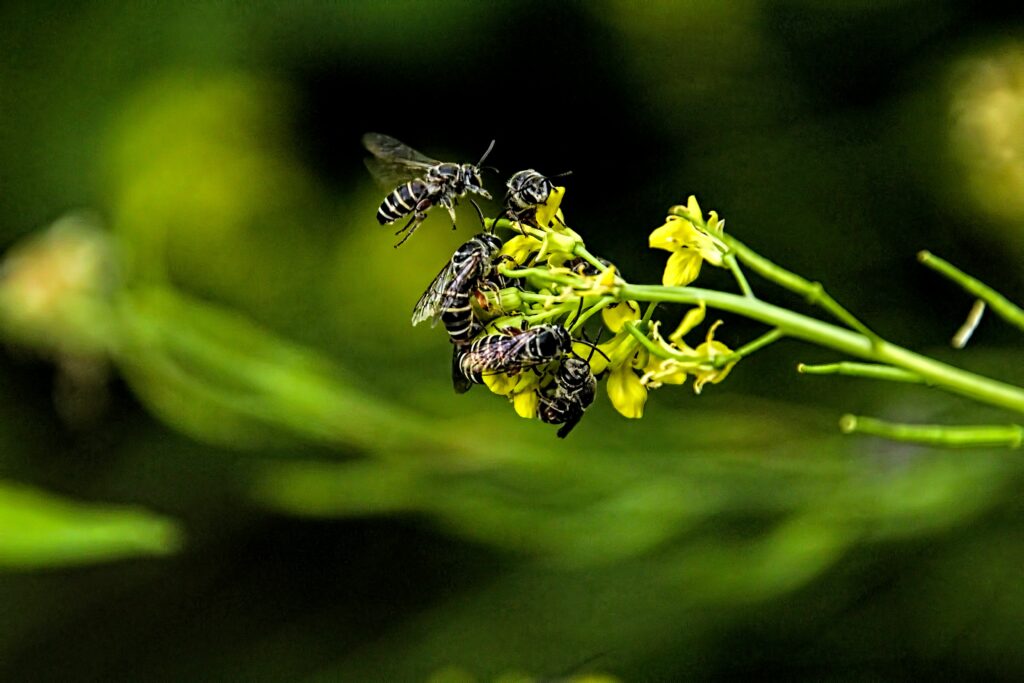
The agricultural industry has increasingly embraced wasps as components of commercial pest management programs, developing sophisticated systems for mass-rearing and strategic release. Companies now produce millions of parasitoid wasps weekly in specialized facilities, shipping them to farmers who release them at critical points in the pest life cycle for maximum effectiveness. These commercial biological control programs have proven particularly successful in greenhouse production, where contained environments allow wasps to establish effectively without dispersing beyond the crop area. Precision agriculture technologies now incorporate wasp release strategies, with drones and automated systems capable of distributing beneficial wasps exactly where and when they’re needed based on pest monitoring data. Early adopters of these integrated biological approaches report not only comparable crop protection to chemical methods but also improved worker safety, reduced environmental impact, and better preservation of other beneficial insects like bees and predatory beetles.
Challenges to Natural Wasp-Based Control
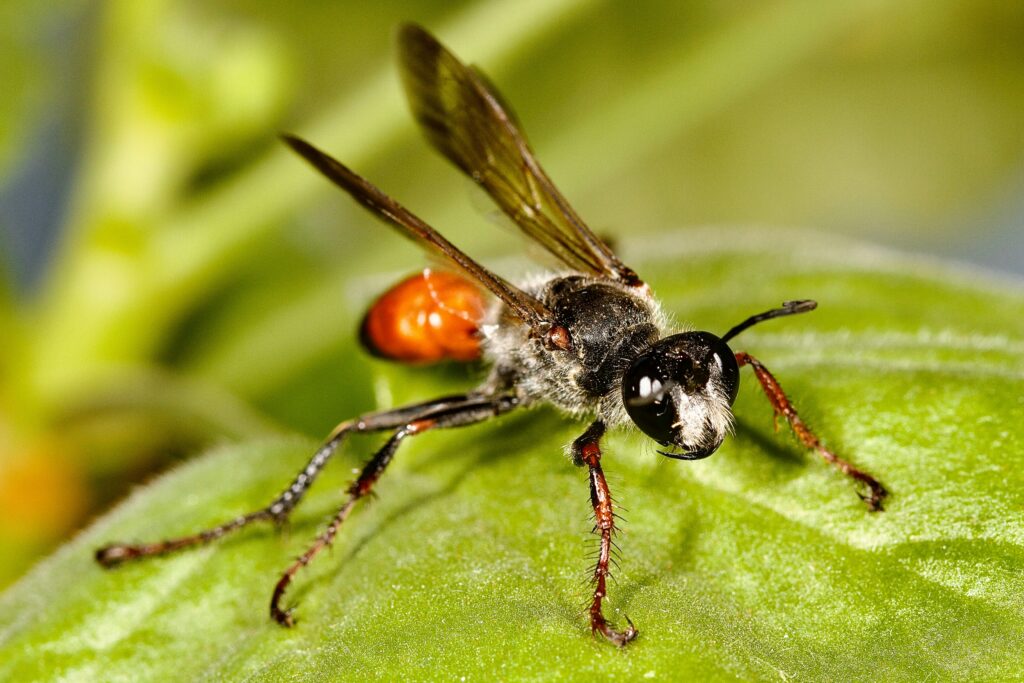
Despite their effectiveness, relying on wasps for pest management presents several challenges that farmers must navigate. Climate change has disrupted the synchronized timing between wasp lifecycles and pest emergence in many regions, reducing the natural control that evolved over millennia. Landscape simplification through monoculture farming has eliminated much of the habitat diversity that naturally supported robust wasp populations, requiring intentional habitat restoration to reestablish these beneficial insects. Modern agricultural chemicals, particularly neonicotinoid insecticides, can have lethal and sublethal effects on wasps even when not directly targeted, undermining biological control potential even in systems attempting to integrate natural approaches. Consumer and farmer education remains another significant hurdle, as misconceptions about wasps as dangerous pests rather than beneficial allies continue to result in unnecessary destruction of wasp nests and habitat.
Case Studies: Successful Wasp-Based Control Programs
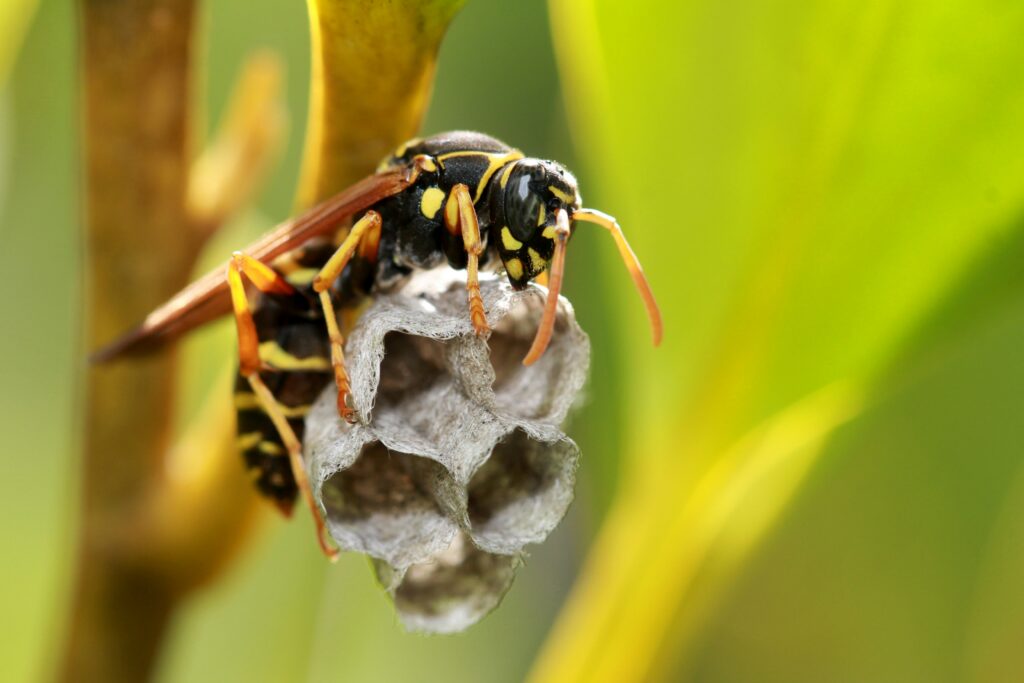
The practical effectiveness of wasps in pest management is demonstrated through numerous successful implementation programs worldwide. California vineyards have reduced leafhopper damage by up to 95% through the strategic release of Anagrus parasitoid wasps, simultaneously cutting pesticide applications and preserving wine quality. Sugarcane production in Brazil revolutionized its approach to sugarcane borer control by mass-releasing Cotesia flavipes wasps, a program that now covers millions of acres and has reduced insecticide use by more than 60% while maintaining yields. New Zealand’s apple industry successfully eliminated multiple broad-spectrum insecticide applications by establishing diverse hedgerows that support native predatory wasp populations that control apple-specific pests year-round. These real-world examples provide compelling evidence that wasp-based control strategies can deliver practical, economic solutions across diverse agricultural systems and geographies.
Future Directions in Wasp-Based Agricultural Protection
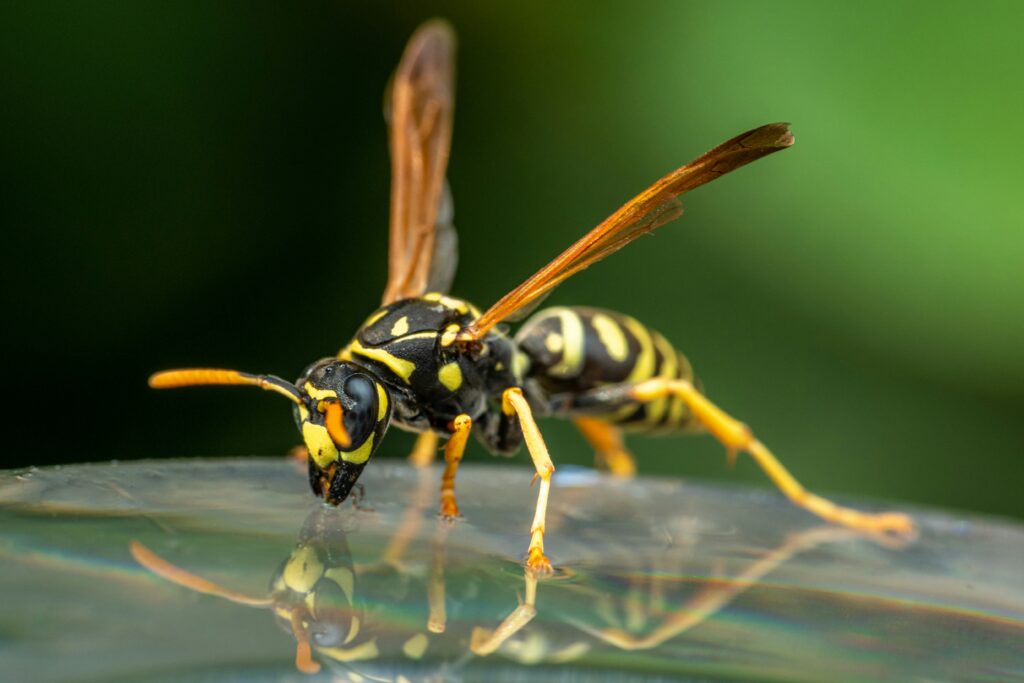
Emerging research suggests that wasp-based pest management will play an increasingly important role in future agricultural systems. Scientists are exploring genetic technologies to enhance wasp efficacy, including selective breeding programs focused on improving host-finding abilities and tolerance to variable climate conditions. Integration of artificial intelligence with wasp behavior monitoring is enabling more precise prediction of when wasps will be most effective against specific pests, allowing farmers to time releases for maximum impact. Novel habitat engineering approaches, including the development of specialized nesting structures and nectar resources tailored to specific beneficial wasp species, promise to enhance wasp establishment in agricultural landscapes. As regulatory pressure on synthetic pesticides continues to increase globally, investment in developing commercially viable wasp-based solutions has accelerated, suggesting we will see significant expansion of these approaches in mainstream agriculture over the coming decade.
Conclusion: Embracing Our Six-Legged Allies
The remarkable pest control services provided by wasps represent one of nature’s most sophisticated and environmentally harmonious solutions to agricultural pest challenges. By understanding and working with these natural enemies rather than against them, farmers can reduce their dependence on chemical interventions while maintaining productive, resilient agricultural systems. The diversity of wasp species offers specialized solutions for virtually every major agricultural pest, from caterpillars to beetles to flies, creating a comprehensive biological control toolkit. As agriculture faces mounting pressure to reduce environmental impacts while feeding a growing population, wasps stand out as key allies that have been perfecting sustainable pest management for millions of years before humans first planted crops. By creating space for these beneficial insects in our agricultural landscapes and protecting them from harmful practices, we can partner with wasps to grow food more sustainably while preserving biodiversity for future generations.

